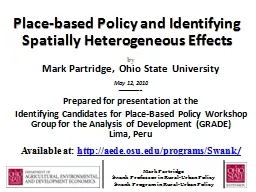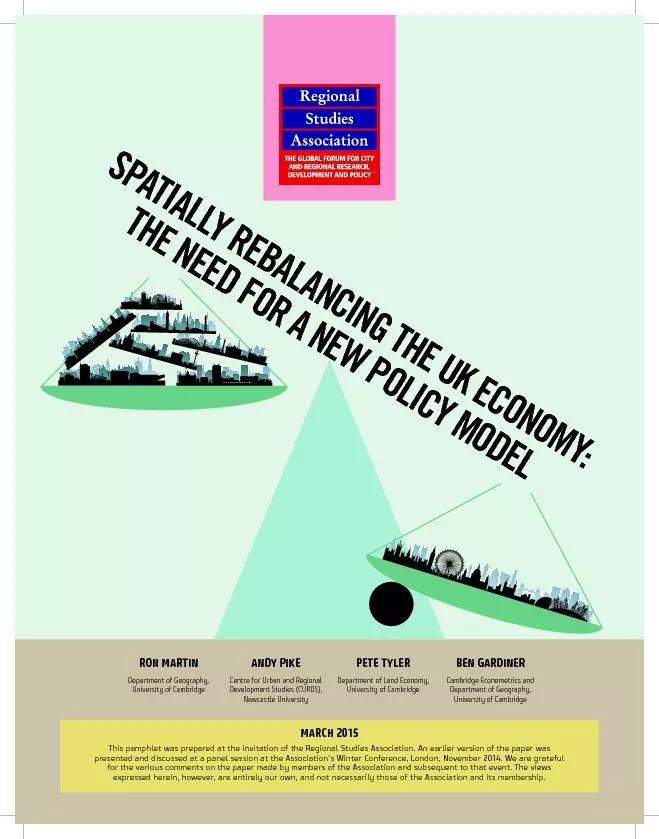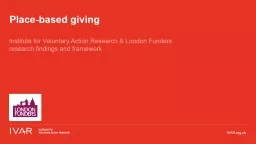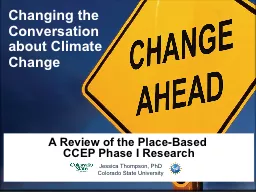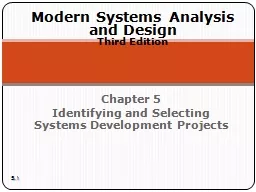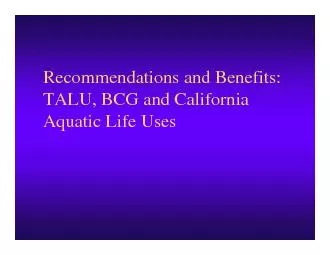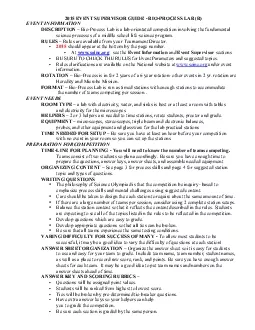PPT-1 Place-based Policy and Identifying Spatially Heterogeneou
Author : yoshiko-marsland | Published Date : 2016-06-19
by Mark Partridge Ohio State University May 12 2010 Prepared for presentation at the Identifying Candidates for PlaceBased Policy Workshop Group for the Analysis
Presentation Embed Code
Download Presentation
Download Presentation The PPT/PDF document "1 Place-based Policy and Identifying Spa..." is the property of its rightful owner. Permission is granted to download and print the materials on this website for personal, non-commercial use only, and to display it on your personal computer provided you do not modify the materials and that you retain all copyright notices contained in the materials. By downloading content from our website, you accept the terms of this agreement.
1 Place-based Policy and Identifying Spatially Heterogeneou: Transcript
Download Rules Of Document
"1 Place-based Policy and Identifying Spatially Heterogeneou"The content belongs to its owner. You may download and print it for personal use, without modification, and keep all copyright notices. By downloading, you agree to these terms.
Related Documents

